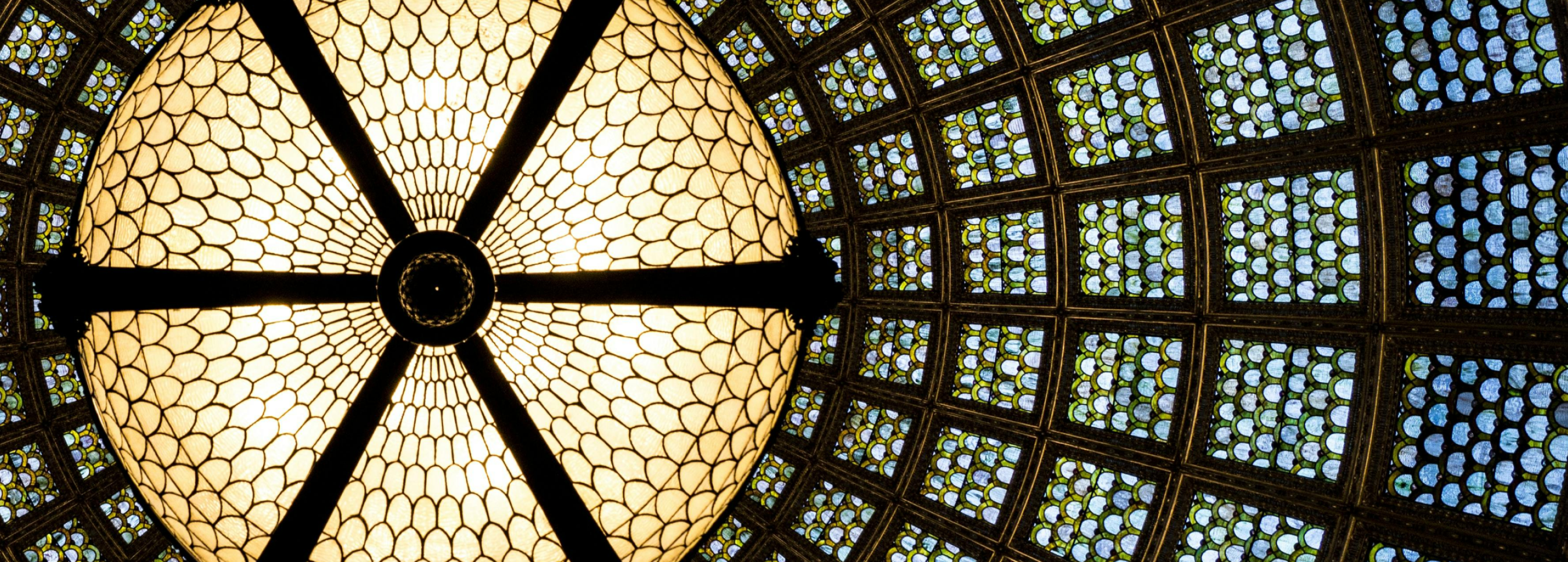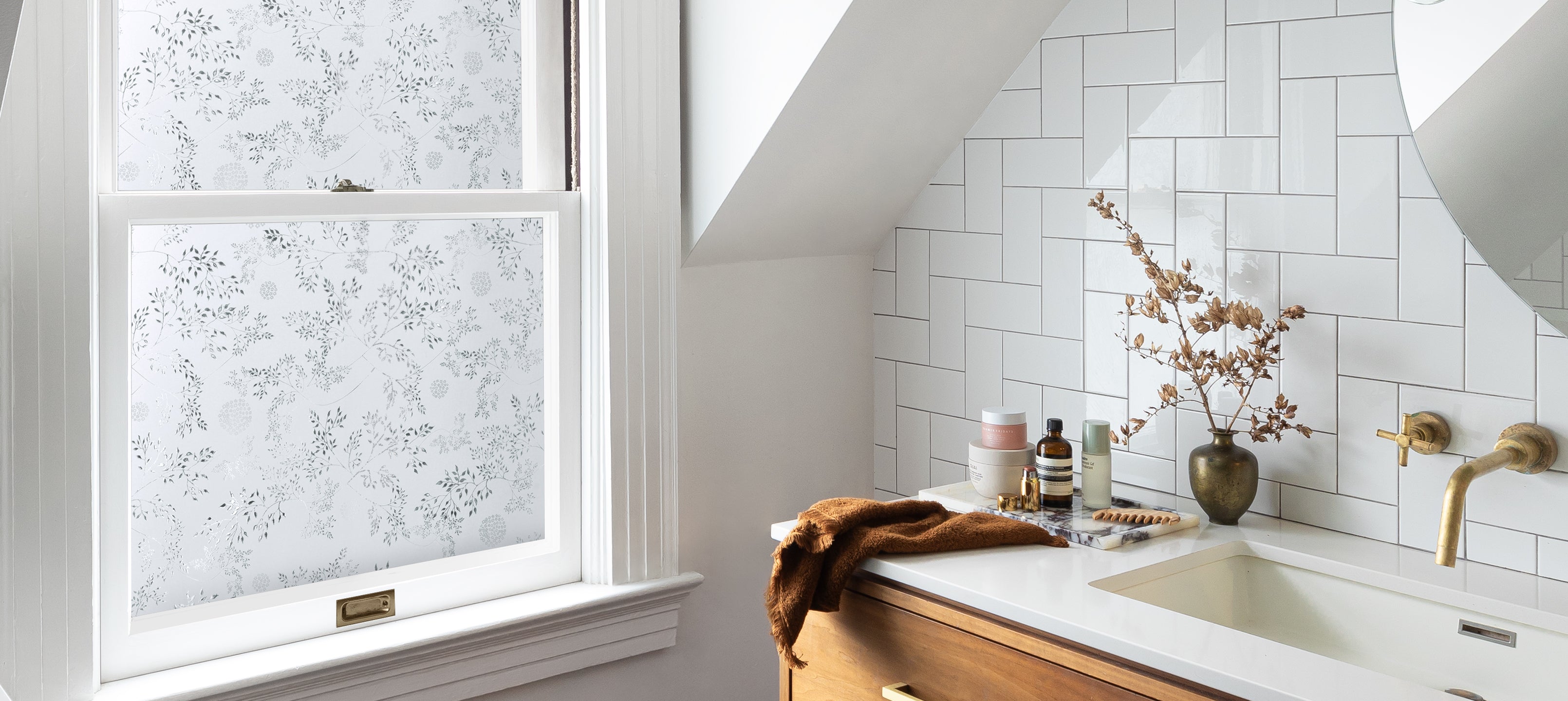At Artscape, we take pride in our journey through the captivating history of stained glass. With its intricate patterns and vibrant colors, this art form can transform any modern setting into a realm of timeless elegance.
When most people think of stained glass, they probably conjure images of intricate and colorful windows in churches and cathedrals. However, stained glass can be used anywhere to add a decorative touch to any building. The resilience of this art form is evident in the traditional method of creating stained glass designs with a lead framework, which has endured for centuries. Many elaborate windows, from the Romans to modern stained glass sculptures and windows, still stand today, proving the endurance and beauty of stained glass art.
Early Days
Stained glass techniques started long ago with the Egyptians, who crafted small, colorful, everyday objects like pendants and beads. Colored glass was used in mosaics, inlaid into furniture, or formed into figurines. Since ancient Egypt, stained glass has been used worldwide in Europe, Asia, Africa, and even the Middle East. In the UK, stained glass windows can be traced back to the 7th century, with early examples found in churches and monasteries.

In Western Europe, illuminated manuscripts and stained glass were some of the only medieval pictorial art to have survived. Stained glass was crucial to the architecture of ancient churches, providing luminescence for the building and the people inside, both physically and spiritually. Its purpose was to keep worshippers focused on their practice so they couldn't be distracted by the world outside.
Medieval Glass
In the Middle Ages, stained glass became very popular, and by the 12th century, the technology had become significantly more advanced. Chartres in France became a leading stained glass manufacturer, producing high-quality materials. Inside the Chartres Cathedral is one of the oldest examples of a rose-stained glass window, a circular window featuring intricate colored glass designs. These windows, often found in the facades of Gothic churches, were a meaningful innovation in stained glass, allowing for larger and more complex designs.

Renaissance
Stained glass continued to be popular throughout Europe, transitioning from the Gothic style of the Middle Ages to more classical designs. However, during the Reformation, a period of religious and political upheaval in Europe, many stained glass windows were destroyed and replaced with plain glass. This destruction was part of a broader movement to remove what was seen as excessive religious ornamentation from churches. The loss of many traditional stained glass methods during this time was a significant setback for the art form. In the 19th century, these techniques were rediscovered.

19th Century Revival
By the 19th century, there was a reinvigorated interest in medieval churches, leading to the construction of new churches in the Gothic style with stained glass windows depicting religious scenes. This was part of a broader movement known as the Gothic Revival, which sought to bring back the architectural and artistic styles of the Middle Ages. A trend emerged for stained glass designs copied directly from famous oil paintings, and buildings across Europe were restored with these elaborate designs. This period also saw the rise of new techniques and materials, such as the opalescent glass pioneered by Louis Comfort Tiffany, which added a new dimension to stained glass art.

The 20th century ushered in a new era of stained glass, marked by innovative techniques and a shift towards more abstract expressions. French artist Jean Crotti's development of the Gemmail method, which overlapped stained glass pieces without using lead, was a significant innovation. This technique allows for more intricate and detailed designs, showcasing the diversity and evolution of stained glass art. Designs moved away from predominantly religious themes to more abstract expressions, as seen in the distinctive blue, green, white, and brown glass of the Cathedral of Brasília in Brazil.

During the Gilded Age, industrial and financial entrepreneurs built mansions decorated with stained-glass windows to suggest their families' ancient heritage. Notable examples include the Ballantine House in the Newark Museum of Art, which features several stained-glass windows, including a front door crafted by Louis Comfort Tiffany.
Inspiration from Tiffany and Morris

Our window film designs draw inspiration from the works of artists like Louis Comfort Tiffany and William Morris, whose contributions to the revival of stained glass art are genuinely inspiring. Tiffany, an American artist, and designer, was known for his stained glass work and contributions to the Art Nouveau movement. Morris, an English textile designer, poet, and novelist, played a pivotal role in reviving traditional British textile arts. Both artists significantly impacted decorative arts and design, and our approach combines their traditional techniques with contemporary innovation. Every stained glass window film is a work of art meticulously crafted to bring beauty and elegance to any space.
Some of our more popular stained glass films inspired by the works of Tiffany and Morris include florals such as Trellis, Magnolia, Windsor, and Sunset. In our modern, geometric pieces, like Horizon and Empire, we recall the work of Frank Lloyd Wright.

At Artscape, we celebrate stained glass's rich history and artistry, blending traditional craftsmanship with modern techniques to create stunning window films that can transform any space.
Read more about the art and craft of our window films here.




